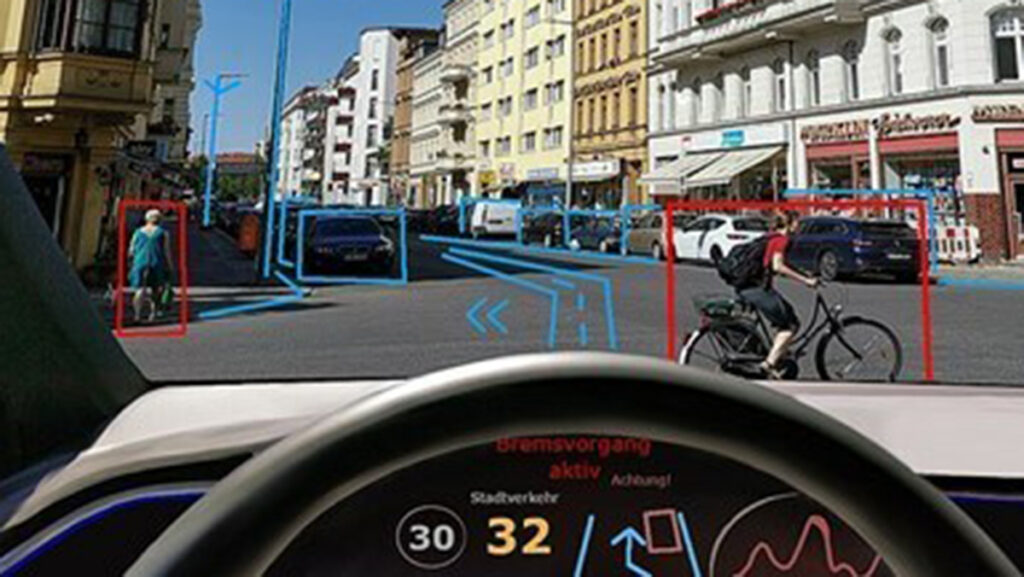Researchers at Incheon National University have made a significant breakthrough in autonomous vehicle technology by developing a novel deep learning-based detection system. This innovation is set to enhance the detection abilities of autonomous vehicles, making them more efficient and reliable even in challenging conditions.
Autonomous vehicles are increasingly seen as a solution to traffic congestion, with their potential to improve traffic flow and provide safer, more comfortable journeys. The integration of autonomous driving into electric vehicles also aligns with eco-friendly transportation initiatives.
Published in a paper called: A Smart IoT Enabled End-to-End 3D Object Detection System for Autonomous Vehicles, autonomous vehicles are increasingly seen as a solution to traffic congestion, with their potential to improve traffic flow and provide safer, more comfortable journeys. The integration of autonomous driving into electric vehicles also aligns with eco-friendly transportation initiatives.
The core of this advancement is the state-of-the-art YOLOv3 (You Only Look Once) algorithm. This deep learning object detection technique significantly enhances 2D and 3D object detection capabilities, which is crucial for autonomous vehicles to navigate safely around obstacles, pedestrians, and other vehicles.
Currently, autonomous vehicles use a combination of smart sensors, including LiDARs (Light Detection and Ranging), RADaR (Radio Detection and Ranging), and cameras to create a comprehensive dataset known as a point cloud. These sensors, however, often struggle in adverse weather conditions, unstructured roads, or when objects are obscured.
Led by Professor Gwanggil Jeon from the Department of Embedded Systems Engineering at INU, the research team has successfully implemented an Internet-of-Things-enabled deep learning-based system that operates in real-time. “Our proposed system greatly improves the object detection capabilities of autonomous vehicles, thereby facilitating smoother and safer navigation through traffic,” states Prof. Jeon. Their work was published in the November 2023 issue of the journal IEEE Transactions on Intelligent Transport Systems.
The innovative system utilises the YOLOv3 technique, adapted for 3D object detection, and processes both point cloud data and RGB images. It accurately generates bounding boxes with confidence scores and labels for visible obstacles.
The system’s effectiveness was demonstrated using the Lyft dataset, which recorded road information from autonomous vehicles in Palo Alto, California. The results showed that the YOLOv3-based system achieved high accuracy levels, outperforming other contemporary architectures, with an impressive 96% and 97% accuracy for 2D and 3D object detection, respectively.
Prof. Jeon highlights the broader impact of this development, noting that “enhanced detection capabilities could be a game-changer for the widespread adoption of autonomous vehicles, transforming transportation and logistics with economic benefits and more efficient methods.”
This research is also expected to spur advancements in related fields like sensor technology, robotics, and artificial intelligence. The team is now looking to explore additional deep learning algorithms for 3D object detection, acknowledging the focus has been predominantly on 2D image development thus far.
This groundbreaking study by INU researchers marks a significant step towards the widespread adoption of autonomous vehicles, promising a future of more environmentally friendly and comfortable transport options.
There’s plenty of other editorial on our sister site, Electronic Specifier! Or you can always join in the conversation by commenting below or visiting our LinkedIn page.
